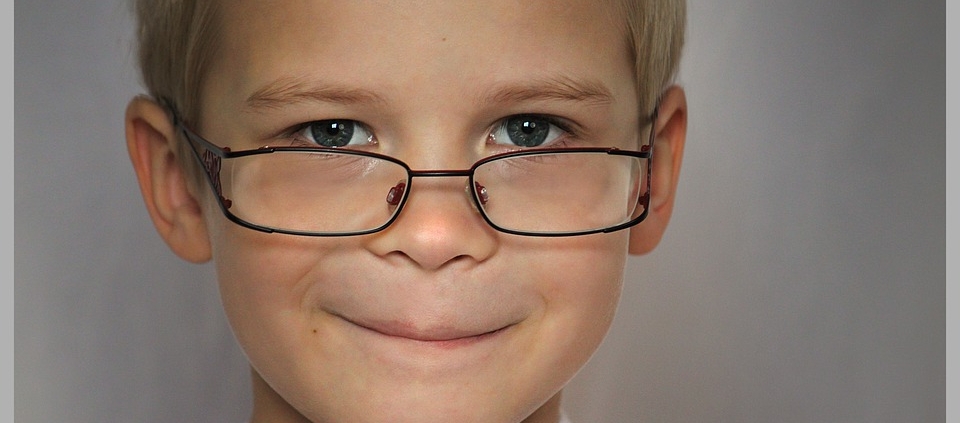Vision Care For Kids – Practical And Fun Tips for Your Child’s Eye Care
When one thinks of vision and eye health issues, one generally doesn’t think about infants or young children. Many children don’t have their first eye examination until they are about to or have already enrolled in school. While it is true that the majority of serious and chronic eye conditions come with aging, 5% of very young children experience significant vision problems, with as many of 25% of them doing so as they enter school full time.
While those may not seem like large numbers, by allowing these vision issues to go undiagnosed and untreated during important developmental years, these children run the risk of developing permanent vision problems. So caregivers should take children’s vision seriously from birth, even though things appear a bit blurry for the first few months of life . He or she will soon be seeing the world clearly enough, and deserves to get off to a good start with their vision health. Health care professionals recommend that baby has his or her first comprehensive eye exam at six months. No, baby can’t tell the doctor that the letters look more or less blurry with lens #1 or #2, but doctors can tell if those very young eyes:
- have properly focusing near and far vision
- are working together
- are being moved normally
- are being focused normally
- have peripheral (a.k.a. corner of the eye) awareness
- have good eye/hand coordination
Vision Concerns In Children
Children and eye care, especially with younger children, can be challenging as their ability to communicate is limited. And with limited life experiences, young children may simply assume that nothing is wrong with their vision, that their skewed “picture reception” is the way that the world is supposed to look. So since that young child isn’t aware, or can’t articulate that there’s a problem, what should you, caregiver, be keeping an eye out for?
The condition known as cross-eyed vision can make a fairly obvious impression, as the eyes very apparently are pointing in opposite directions. Indeed, they are experiencing problems with binocularity, which means that both eyes are not working together as a unit. Other problems with vision can be more subtle, so report to your child’s doctor any observations of unusual squinting, headaches, or clumsiness. Other eye related problems that require immediate medical intervention to prevent permanent vision problems or loss include:
- persistently weeping or sensitive eyes
- chronically bloodshot or red rimmed eyes
- “crusty” eyes or eyes with pus visibly oozing from them
- bulging or protruding eyeballs
- eyeballs that roll involuntarily back into the head
- cloud or film over eyeball
- any injury that causes penetration of eyeball
While the majority of children will navigate growing up without serious vision issues, prudent caregivers would be wise to either purchase a health insurance plan that includes vision insurance, or add that plan to existing policies. That extra coverage can be very helpful in protecting maturing eyes.
Other Ways To Protect Children’s Vision
Like the body at large, eyes benefit from a diet rich in vitamins A,C, and E, and anti-oxidants. And addition to early and regular eye-exams and good nutrition, caregivers can try eye exercises. Sometimes known as “eye therapy”, there is some debate as to how effective these programs are in reversing or preventing the onset of some vision defects. And these exercises are inappropriate and not effective for diseases of the eye. Nonetheless, for generally healthy eyes, these exercises are harmless, although they should be done under supervision for maximum effect. Games commonly “played” with this type of therapy include visual memory exercises, and games involving rotating, tracking with, and moving the eyes. Proponents of such exercises claim they can help both near and far-sightedness, and the condition known as “lazy eye”.
And all of those digital games, reading, viewing, and texting puts a strain on eyes as well. Limiting this and having children just play offers contrasting fields of vision as well. And make your child a partner in the protection and health of his or her vision as he or she ages. Getting them started on the path to good visual health at an early age helps them to retain it for a lifetime.



